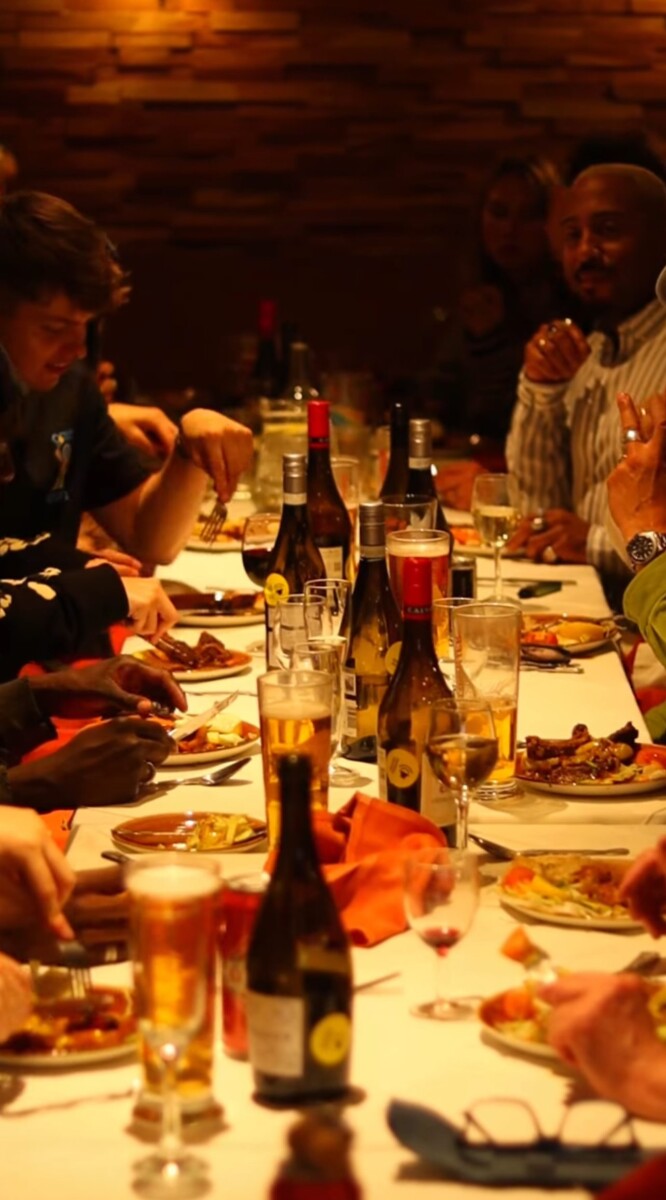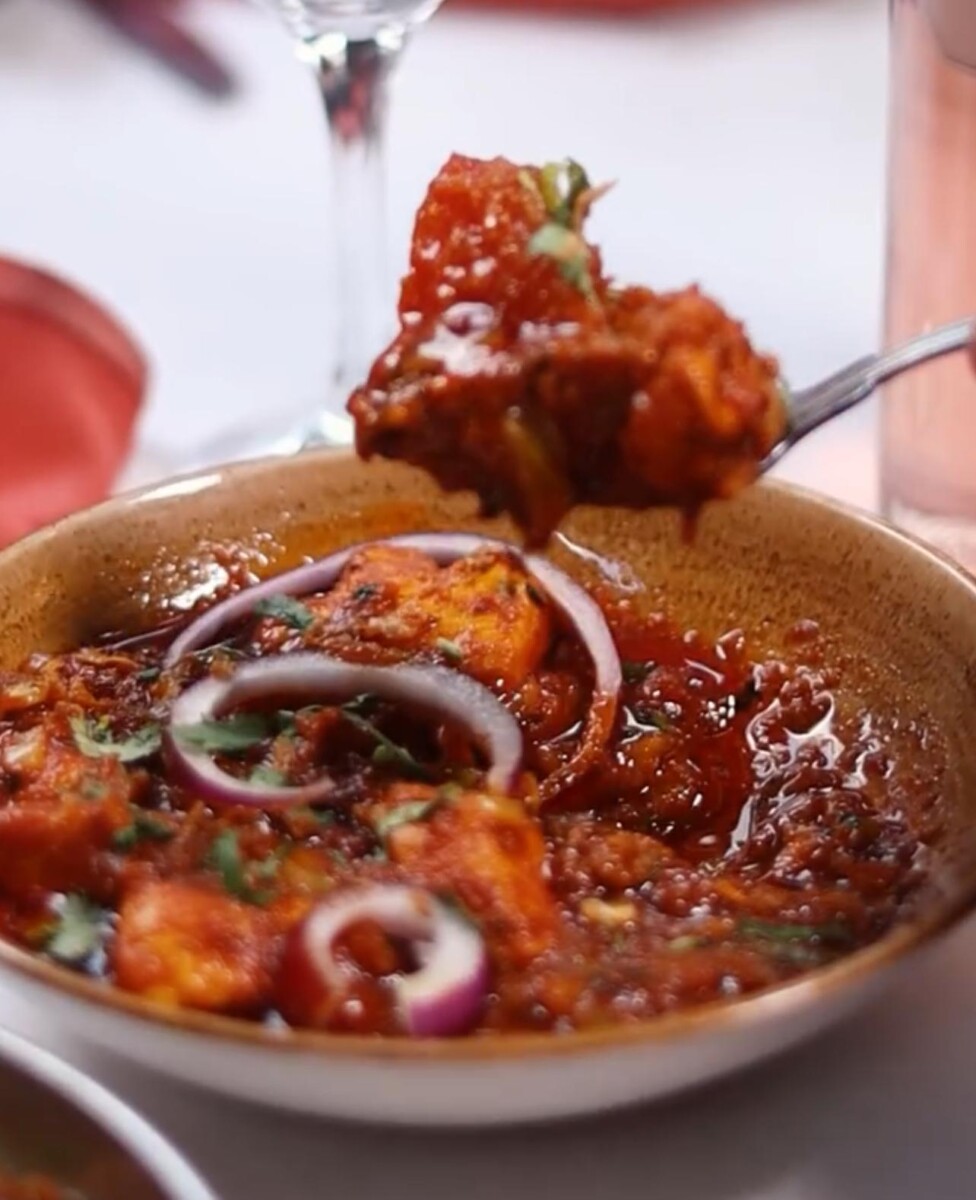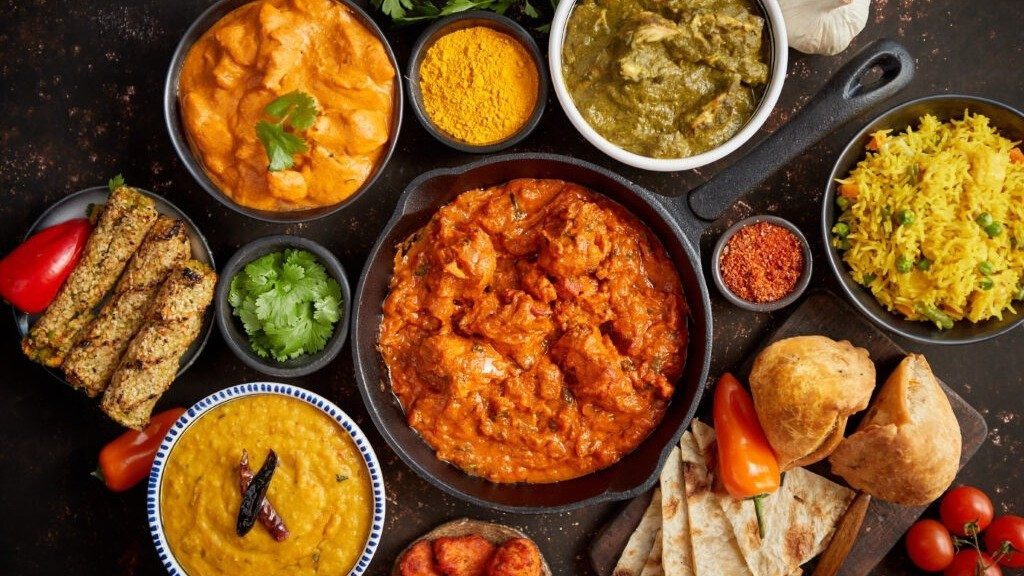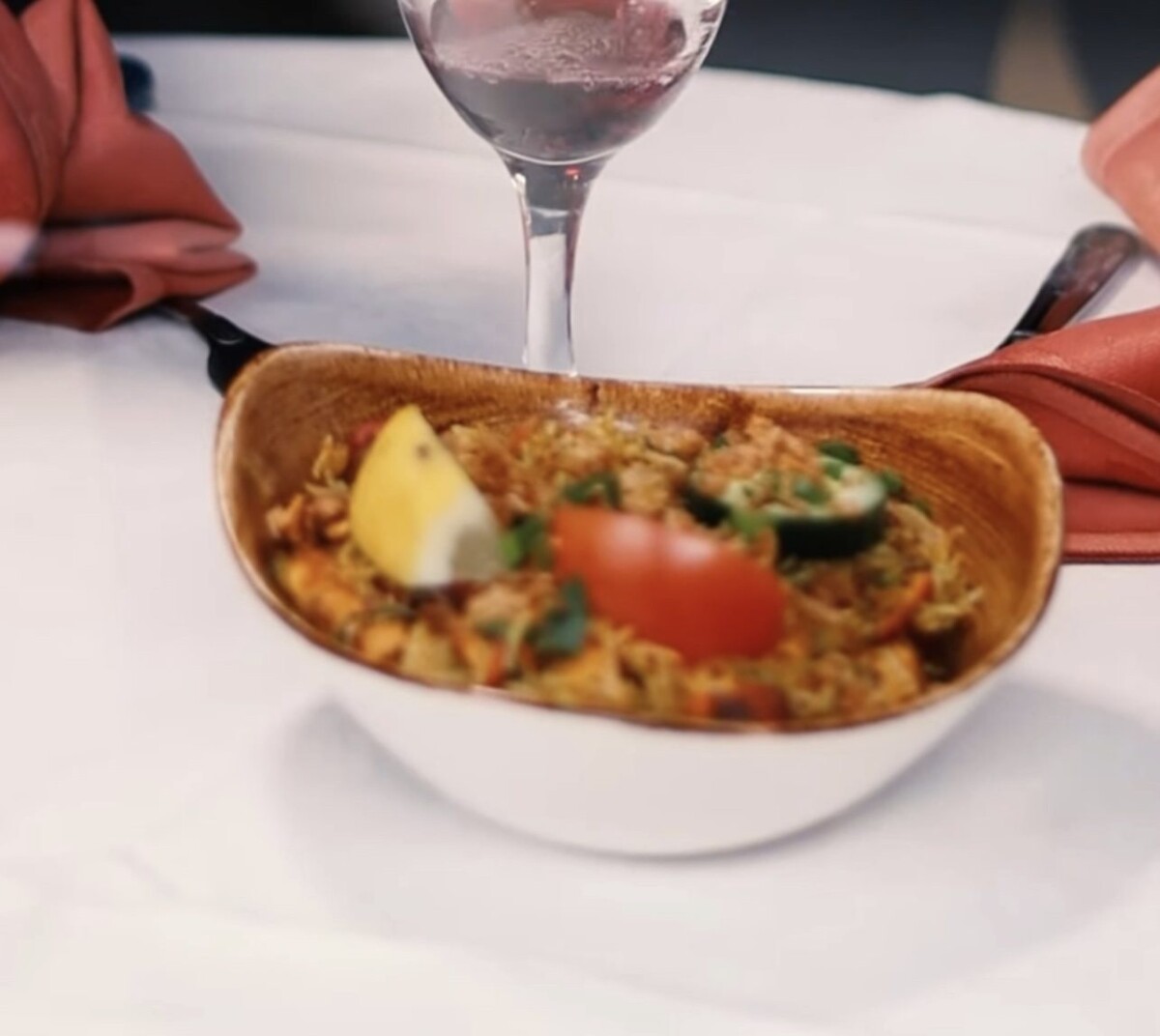
Brick Lane’s Living History
Brick Lane’s Living History, A Century of Flavor at City Spice London. Brick Lane is not only a road. It’s a narrative. Every restaurant has a story to tell, every corner, every brick. The smell of spices, sweat, dreams, and survival would be carried by the walls if they had the ability to communicate in a variety of languages, including English, Bengali, Urdu, and much more.
City Spice London is more than just a dining restaurant. In Brick Lane’s lengthy and complex tale of immigration, identity, and cuisine, it is a live chapter.
From Brick to Brick Lane: The Early Days:
This street was used for bricklaying. The furnaces and workers who moulded London, one clay brick at a time, gave rise to the moniker “Brick Lane” in the 17th century.
Then the Huguenots from France arrived. Leaving persecution, they introduced silk weaving to the region. They echoed through the alleys. Afterward, Jewish families came. Together with rye bread, pickled herring, and a strong sense of community, they established bakeries and constructed synagogues.
Brick Lane’s walls still bear their memory. Old signage, neglected graffiti, and shopfronts all bear witness to their stories.
The Arrival of the Bengali Community
Then there was another wave, from Bengal this time. Young men from Bangladesh’s Sylhet arrived in the 1950s and 1960s. Some drove buses, others washed dishes in cafes, and the majority worked in factories. It was not an easy life for them. There was racism. The housing was substandard. They were tough, though.
A lot of them turned to food. They prepared their mothers’ meals. They set up cafes with aromas of cardamom, mustard oil, cumin, and garlic. And gradually, they constructed the curry house, which would permanently change London.
Brick Lane: The New Curry Capital
Brick Lane had established itself as a major culinary force by the 1980s. Bengali curry eateries were adjacent to Jewish bagel cafes. The neighbourhood came to represent the multicultural spirit of East London. British-Bangladeshi cuisine is a unique product of this mixing.
However, not every curry house was created equal. Some catered to tourists with quick and inexpensive meals. Others had higher goals.
City Spice came into play at that point.
A New Chapter: City Spice and the Art of Flavour
When City Spice first launched, its primary objective was to accomplish things in a unique way. It aimed to respect Bengali customs while simultaneously pushing forward the boundaries. It was more than just preparing curries. The goal was to improve curry by making it more sophisticated, genuine, and sophisticated.
The restaurant prioritised quality above expediency from the beginning. The ingredients arrived fresh. We ground our own spices. Recipes were invented, not copied. They served more than simply food, such as their famous Butter Chicken or the lamb biryani. They were not just the food they were the experiences.
The time came when the City Spice began to gain recognition. It received awards. Food reviewers started to take notice. Families from the area came. The tourists came back for more. Additionally, “City Spice London” developed beyond a simple signboard. It turned into a standard.
These walls would tell a tale of struggle and victory if they could talk:
Consider a young couple eating biryani at a corner table on their first date in 1990, feeling anxious. They now take their kids to the same location, where they share stories over naan. That isn’t a narrative. That’s the truth.
Generations have gathered, grieved, and grown within these walls.
Brick Lane Today: Changing, But Still Alive
Brick Lane is undergoing yet another transformation. Old fabric stores have given way to hip cafes and vintage stores. A few curry restaurants have shut down. The cost of rent is considerable. The pressure is felt by the community.
There are Begal shops and more new Indian restaurants.
However, City Spice is strong enough. Not as a remainder from the past, but as a link between the past and the future.
It keeps coming up with new ideas. Vegan alternatives are included. It hears what others have to say. It honours Christmas, Diwali, and Eid with equal devotion. Tourists are welcomed, but the residents are always remembered.
Why City Spice Still Matters
City Spice provides something lasting in a city full of trends. It welcomes change while honouring tradition. In addition to serving cuisine, it also serves culture.
City Spice provides something enduring in a city full of trends. It welcomes change while honouring tradition. In addition to serving cuisine, it also serves culture.
Brick Lane is not the only location for City Spice. It is deeply rooted in London’s spirit.
Migration-resistant recipes are in the chef’s hands. The spices in the kitchen remind me of Sylhet local markets. Additionally, the scent in the dining room serves as a reminder that flavour is a form of home no matter how much the city changes.
A Final Thought
Brick Lane’s walls would whisper tales of love, grief, and lemon rice if they had the ability to speak. They would bring up names that are recognised in recipes but lost in history books.
They would say, “Come hungry.” Don’t just leave with a full stomach.
Because you do more than simply dine at City Spice. You become a part of a live, breathing past.





